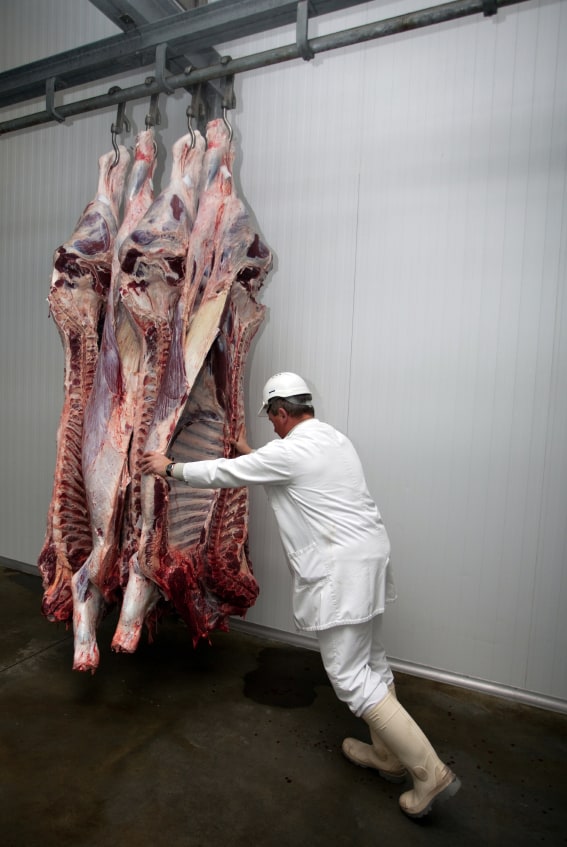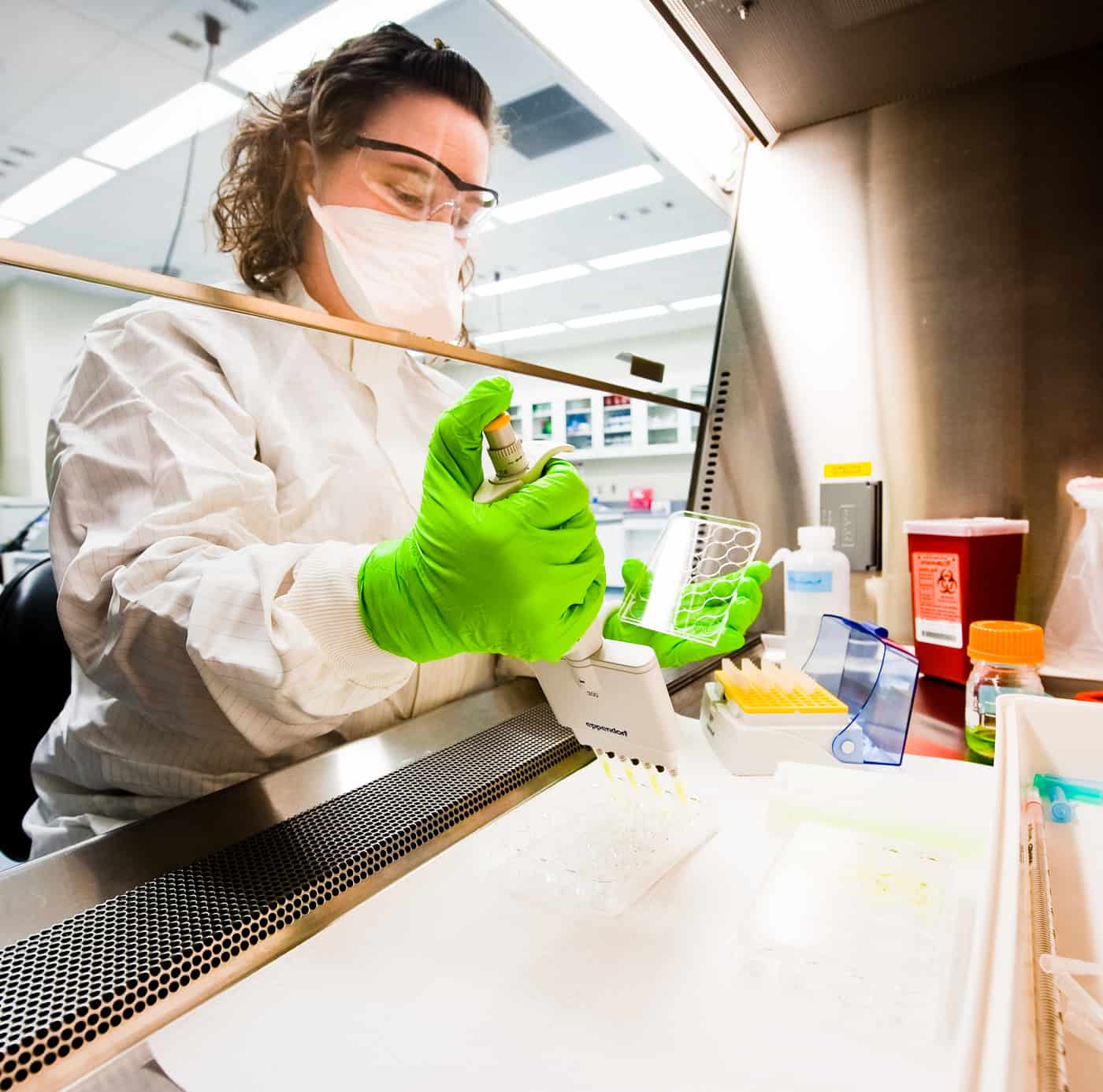As an iPad user for well over 6 months, the iPad is a terrific device for reading but it is not the best for writing. This may be due to having typed since the age of 14 on everything from a solid old Remington typewriter to an IBM golf ball electric typewriter and various keyboards over the decades. Typing on glass is possible but the limited keyboard size on the iPad is a struggle. But that struggle may be replaced by an even greater challenge.
 The iPad, and many other devices, are bound by a QWERTY keyboard. Others have argued that the QWERTY layout is outdated but it is possible to produce a presentable email holding an iPad in one hand and typing with the other. It is likely that , over a short period of time, the shortcomings of that arrangement will create ergonomic problems.
The iPad, and many other devices, are bound by a QWERTY keyboard. Others have argued that the QWERTY layout is outdated but it is possible to produce a presentable email holding an iPad in one hand and typing with the other. It is likely that , over a short period of time, the shortcomings of that arrangement will create ergonomic problems.
Researchers at the University of Technology Sydney (UTS) have not introduced an alternative to the QWERTY keyboard but rather tweaked it into a new layout. LiquidKeyboard is the system and, in short
- “A new keyboard that makes it easier to type on touch screen devices has been invented
- LiquidKeyboard enables people to use both hands in typing in the traditional way
- As soon as your first four fingers touch the surface – in one fluid motion – an entire keyboard is constructed using the QWERTY format”
As with many innovations, productivity is the main motivation or it may be that productivity is the language needed to gain broad media attention but the potential ergonomic benefits are just as interesting. If ergonomics is “the science of designing the workplace environment to fit the user” then the ergonomic benefits of LiquidKeyboard are self-evident. Just because the use of a virtual keyboard has not identified any hazards yet does not mean that research into alternative, more ergonomic methods is not warranted. The forethought of Christian Sax and other researchers is to be applauded.

 The
The 